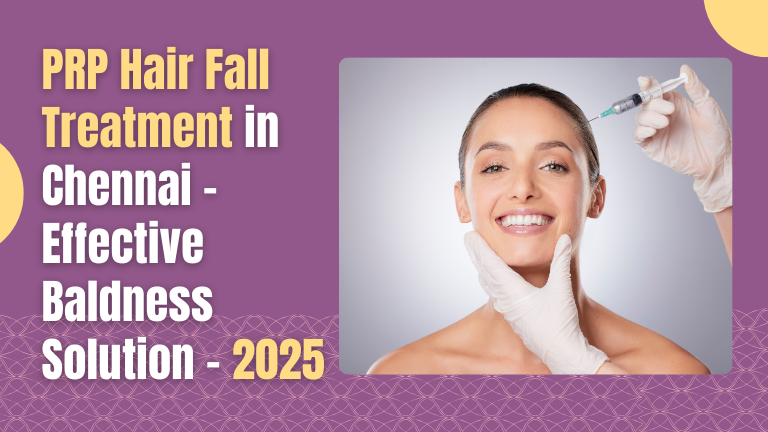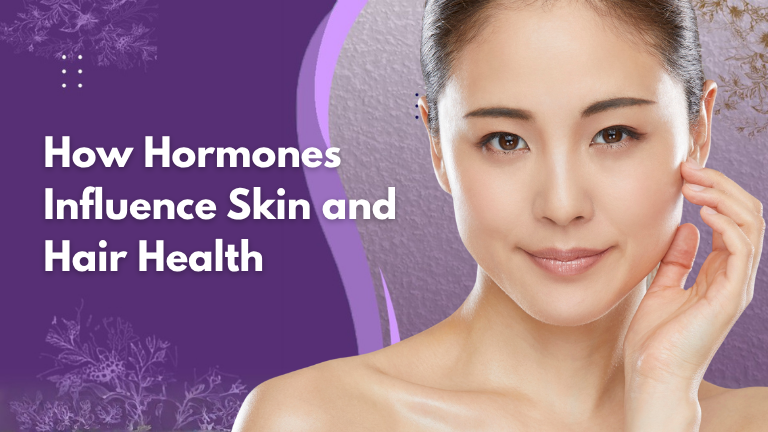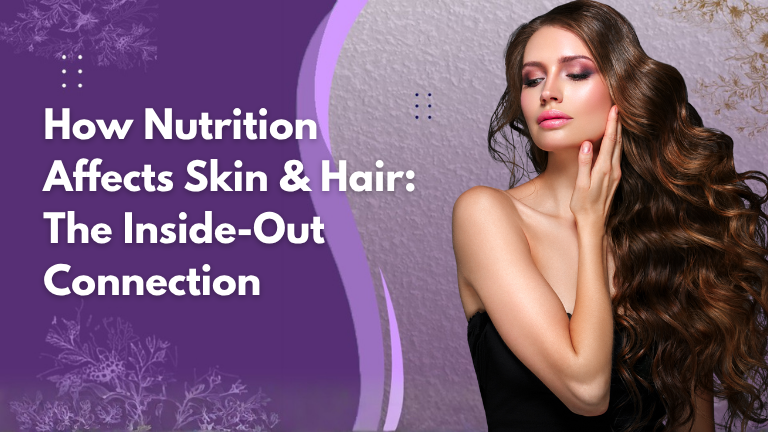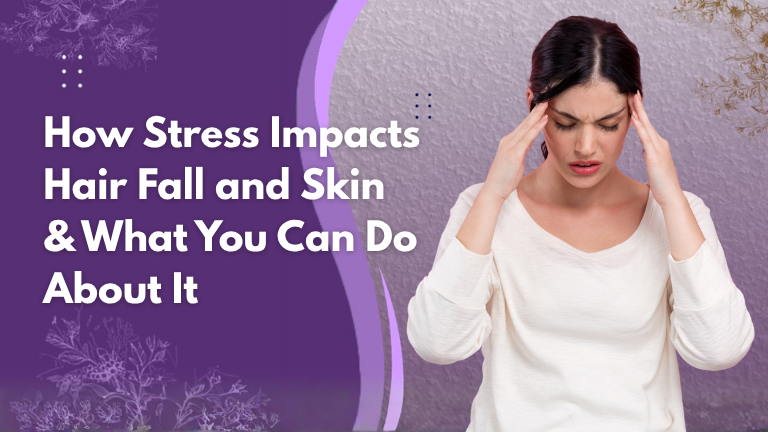Introduction
Platelet-rich plasma (PRP) injections have become a popular option in the world of beauty and regenerative medicine. Often called “liquid gold”, PRP uses your own blood to tap in your body’s natural remedy power. The treatment supports recovery in various concerns such as hair loss, dull skin, and even orthopedic conditions. PRP makes special that it is completely natural – it enhances treatment by using your own platelets to safely repair and reproduce your body.
PRP is used in many ways, but it is soon going to be the most sought-after solution for hair restoration. It is a hope for individuals who are experiencing thinning or balding hair. So, what is PRP, and how does it work? This blog post shall discuss Platelet-Rich Plasma injections in detail. It shall explain the whole process and show you how amazing it is. If you are looking for advanced hair care in Chennai or the best hair treatment in Chennai, it is essential to know about PRP. This knowledge shall help you find the best hair clinic in Chennai offering this new-age solution for your hair care.
What is PRP, Exactly?
At the heart of PRP therapy is a vital component of our blood known as platelets. Although they are best known for causing blood to clot, platelets are tiny, disk-shaped cells with a more extensive and active role in our bodies. They are packed with numerous growth factors, cytokines, and other key proteins that aid in healing and regeneration of tissue. You can consider them as miniature repair kits in your blood that are always available.
Platelet-Rich Plasma (PRP) is a unique solution that is derived from your own blood. It contains much greater concentrations of platelets compared to normal blood, usually 5 to 10 times greater. Because it is derived from your own body, PRP is an “autologous” product. This results in there being virtually no risk of having allergic reactions or spreading infections. Due to this, PRP is a very safe and natural method for promoting healing and growth when injected.
How PRP Is Prepared?
PRP preparation is a careful step-step process usually performed by an experienced medical professional in a clinic. This is done using special equipment and followed a strict hygiene protocol so that it is effective and safe.
Step 1: The blood draw process begins with a regular blood draw, as you will do for a specific blood test. A small amount of blood (usually between 10 ml and 60 ml, based on the location of treatment and local guidelines) is drawn in special, special containers from your hand. This is usually done very early and is not very painful.
Step 2: Once centrifugation is performed, the tubes are placed in a device known as a centrifuge. Centrifuge spreads the blood at high speed. Centrifugation separates the various components of the blood based on their weight.
- The heaviest, the red blood cells, accumulate at the bottom.
- Over these, there exists another layer referred to as the “buffy coat.” The “buffy coat” contains dense white blood cells and platelets.
- On top, the lighter, yellowish liquid called plasma remains.
Step 3: Collection of PRP
The platelet-rich plasma layer is carefully separated by the doctor after centrifugation. The layer is separated from the PRP above and the red blood cells below. The technique of separation of this very specific concentrated layer is very important for the success of the treatment. The PRP collected is now ready to be injected.
This entire process, from drawing of blood to harvesting of PRP, typically takes 15-20 minutes. The amount of concentrated growth factors in this prepared PRP is what provides it with its high healing potential when it is re-injected into certain tissues.
How PRP Facilitates Hair Restoration: Stimulating Natural Growth?
PRP is utilized for various purposes, but how it induces hair growth is something that concerns all. When injected into the scalp, the platelet-rich substance releases a potent combination of growth factors and other beneficial proteins that are vital to the health of hair follicles and the cycle of hair growth.
How It Works:
- Growth Factor Galore: Platelets contain an internal reservoir of a huge library of growth factors:
- Platelet-derived growth factor (PDGF): Encourages cells to divide and create new blood vessels.
- Vascular endothelial growth factor (VEGF) is important in creating new blood vessels, which helps to increase blood supply to the brain.
- Epidermal Growth Factor (EGF): Helps cells in growth and growing.
- Insulin-like growth factor 1 (IGF-1) helps in growing the cycle of hair growth and hair growth. These growth factors indicate inactive or short hair follicles, effectively “waking up” and force them to grow again.
- Advanced blood supply (angiogenesis): growth factors, especially VEGF, inspire the installation of new small blood vessels (angiogenesis) around the hair of hair. Advanced blood supply provides oxygen, nutrients, and vitamins to the follicles in the surplus, giving them all the ingredients required for the growth of healthy hair.
- Prolonged Anagen (Growth) Phase: Hair grows in phases: anagen (growth), catagen (transition), and telogen (resting/shedding). In disorders such as androgenetic alopecia, the anagen phase is shortened, and the hair becomes thinner and shorter. PRP is believed to lengthen the anagen phase, which leads to longer and thicker hair.
- Decreasing Inflammation: PRP has the ability to decrease inflammation. Chronic inflammation of the scalp can result in loss of hair. By decreasing inflammation, PRP provides a more conducive environment for the growth of hair follicles.
Who is eligible?
PRP is best suited to treat those suffering from early baldness, hair thinning, or androgenetic alopecia, or pattern baldness, especially when follicles are intact but small. It is also used as an adjunct treatment after a hair transplant procedure. A skilled professional at a hair care center in Chennai can assess whether you are eligible for this novel hair treatment in Chennai.
The Process of Hair Treatment: In a single typical PRP for hair treatment session, the ready PRP is injected into the scalp in the areas of thinning hair using extremely fine needles. The procedure is not long. A course of initial treatments (typically 3-4, several weeks apart) is advised, followed by maintenance treatments (e.g., every 6-12 months) in order to maintain the effect.
Beyond Hair: Alternative Applications of PRP
Although we have focused too much on the restoration of hair, it is also important to note that the regenerative capacity of PRP has many other medical and cosmetic uses:
- Facial rejuvenation (Vampire Facial/PRP Facial): When injected into the face, PRP can stimulate the production of elastin and collagen, resulting in smooth skin, less fine lines, and a more youthful appearance.
- Orthopedics are used to treat many conditions, such as osteoarthritis, tendonitis, such as tennis elbows and acilies tendonitis, and ligament sprains, to speed up treatment and reduce pain.
- Wound healing: When the top or injection is applied, PRP can stimulate the treatment of chronic lesions and some surgical cuts.
Such adaptability implies the potential to access the natural healing mechanisms of the body.
What to Expect: The Patient Journey
It takes a series of required steps to go for PRP treatment.
- Your treatment begins with a thorough consultation with an expert medical practitioner. They will analyze your case, review your medical history, assess whether you are an appropriate candidate for PRP, and schedule a customized treatment plan.
- During the Procedure, The process of injection itself is done rapidly. Your blood is drawn and spun in the centrifuge, and the PRP is injected into the targeted area. For scalp injections, the area can be numbed with a local anesthetic to decrease the discomfort. Patients usually say they feel a little pressure or stinging.
- Aftercare: It is possible to experience some minor redness, swelling, or tenderness at the injection sites following your treatment, but these should resolve themselves within a day or two. Your practitioner will provide you with specific aftercare instructions, which will typically advise against heavy exercise, excessive sunshine, and some medications for a few days.
- Results: Results are not instantaneous, but gradually reveal themselves over a few weeks to months as the body reacts to the growth factors. For the hair, the patients will initially notice decreased shedding, followed by new hair growth and more thickness within 3-6 months. Consistency of treatments and compliance with aftercare are required for the best results.
Choosing a Credible Clinic to get PRP
Since PRP involves drawing and injecting your own blood, choosing a very credible and experienced clinic is important. This will ensure your safety as well as the success of the procedure. If you are searching for a hair care clinic in Chennai or a hair specialist clinic in Chennai that provides PRP, the following should be remembered:
- Trained Practitioners: It is important that the treatment be carried out by a registered medical practitioner—a dermatologist, trichologist, or plastic surgeon—having specialized training and experience in PRP therapy. A clinic must be maintained sterile by following rigorous hygiene and sterilization protocols to avoid infections.
- Proper PRP Preparation: Ask about the centrifuge system and preparation protocols utilized. The PRP quality counts. A best hair care clinic in Chennai will be open about their procedure.
- Consultation and Personalization: A model clinic will provide an in-depth first consultation, where they explain the procedure in detail, evaluate your suitability, and develop a personalized treatment plan specifically designed to suit your specific needs and wants.
- Patient Reviews and Reputation: Check the reputation of the clinic online. Look for good patient reviews and, where possible and allowed, look at before-and-after photos to judge their ability. A good hair clinic in Chennai will have good positive patient reviews.
- Transparency of Cost: Provide transparent information on the cost per session and package deals if available. Selecting a top hair treatment hospital in Chennai or one with an excellent reputation for hair care services will not only comfort you but also improve your chances for favorable outcomes.
Conclusion
Platelet-rich plasma (PRP) injections represent a significant progress in regenerative therapy, which offer a powerful, natural solution by exploiting the body’s congenital treatment capabilities. Especially within the scope of hair restoration, understanding “how it works”, reveals a sophisticated interaction of growth factors that stimulates dormant Rome and improves the health of the skull.
Whether you are searching for PRP for hair growth, skin rejuvenation, or other medical requirements, its appeal lies in its autologous nature and promising results. With any medical procedure, the key to success is to fully consult with a qualified and experienced specialist. By selecting the best hair treatment in Chennai and a reputed hair care clinic in Chennai, you can confidently extend PRP as a viable option on your journey and extend wide hair care in Chennai.
FAQ’s
- Is PRP painful?
Most patients report mild discomfort during PRP injections. Topical anesthetics are often applied to the treatment area (especially skull) to reduce any pain. The sensation is often described as light pressure or a prick.
- How many PRP sessions are required for hair growth?
Typically, an early course of 3–4 sessions, in addition to 3-4 weeks, is recommended. Subsequently, maintenance sessions can be recommended every 6–12 months to maintain results. The exact number varies depending on the individual response and the range of hair loss.
- Is PRP results permanent solution?
PRP stimulates your body’s natural hair growth processes and can significantly improve the density and thickness of hair. While the effects are long-lasting, they are not always permanent, especially for conditions such as Androgenetic Alopecia, which are progressive. Maintenance sessions are often required to maintain benefits over time.
- Do PRP have any side effects?
Since PRP uses your own blood, the risk of allergic reactions is virtually nonexistent. Common side effects are mild and temporary, including sour, swelling, mild injury, or a minor headache at the injection site. Severe complications are rare, especially when performed by a qualified professional in a sterile environment.
- Who is an ideal candidate for PRP for hair loss?
Ideal candidates generally experience early-stage hair thinness, male or female pattern baldness, or hair loss that affects them. It is the most effective for people with active hair follicles who are short, small rather than being completely inactive. Consultation with a specialist is necessary to determine whether PRP is suitable for you.




